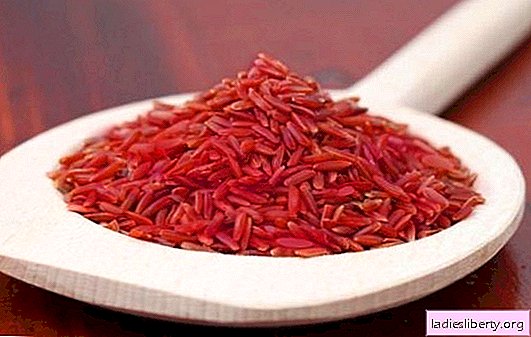
Jaundice in newborns may be physiological and pathological.
Physiological - is not a disease, and is observed in 60-70% of babies born. It occurs due to the fact that the blood of the fetus located in the womb contains many red blood cells. After the baby is born, when he begins to breathe on his own, some of them decay, and the dye that is released (bilirubin) after processing by the liver causes the tissues to acquire a yellow tint. This phenomenon disappears on its own within a few days.
Pathological jaundice of newborns occurs in the presence of any disease, when it is detected, the child needs medical control. Today, more than 50 conditions of babies are known, which are accompanied by icteric staining of the skin, eye proteins and visible mucous membranes.
Sometimes this condition is caused by mother's milk. Appearing about a week after the birth of the baby, it disappears after 3 weeks. It is believed that this is due to the content of a certain type of fatty acid in breast milk. These acids inhibit the function of the liver, they inhibit the conversion of indirect bilirubin to direct. In this case, the child needs more frequent feeding with breast milk, then bilirubin is more rapidly excreted from the body with stool.
Jaundice in newborns - symptoms
Physiological jaundice is manifested by the fact that on the third day after birth, the eye proteins of the newborn, cheeks, and sometimes the whole body become yellow. Typically, after a few days, these symptoms disappear on their own.
Jaundice of a newborn is considered to be pathological if it appears earlier or later accepted for physiological periods, it persists for a long time (more than 3 weeks), is accompanied by pallor of the skin or their greenish tint, worsening of the general condition of the child against the background of increasing manifestations of jaundice, dark urine or discolored stool, as well as an increase in the concentration of total bilirubin in the blood.
Jaundice in newborns - treatment methods
As we already said, physiological jaundice in newborns does not require treatment and disappears itself after a certain time without any consequences for the baby’s health. With a pronounced disease, the child is injected with a glucose solution intravenously, treatment with choleretic drugs is prescribed. As a rule, the duration of treatment is determined by the full term of the fetus and the mother’s diseases, which she suffered during pregnancy.
When a newborn baby has a yellow color of tissues, the doctor should reassure parents and give them all the necessary explanations about this condition. Usually parental anxiety is redundant.
But nevertheless, for any deviations in the condition of the baby, including those associated with jaundice of the newborn, they should contact their doctor. Parents should remember that treatment of this condition of a newborn baby in certain cases is a very serious and necessary measure, therefore, it must be correctly diagnosed in time.











